
Tokens of Remembrance: Indigenous Faces in Edmonton’s Beaux Arts Architecture, 1907-1930
Disclaimer: Due to the importance around the legal designation of Indian status, this article sometimes uses the term “Indian” to…
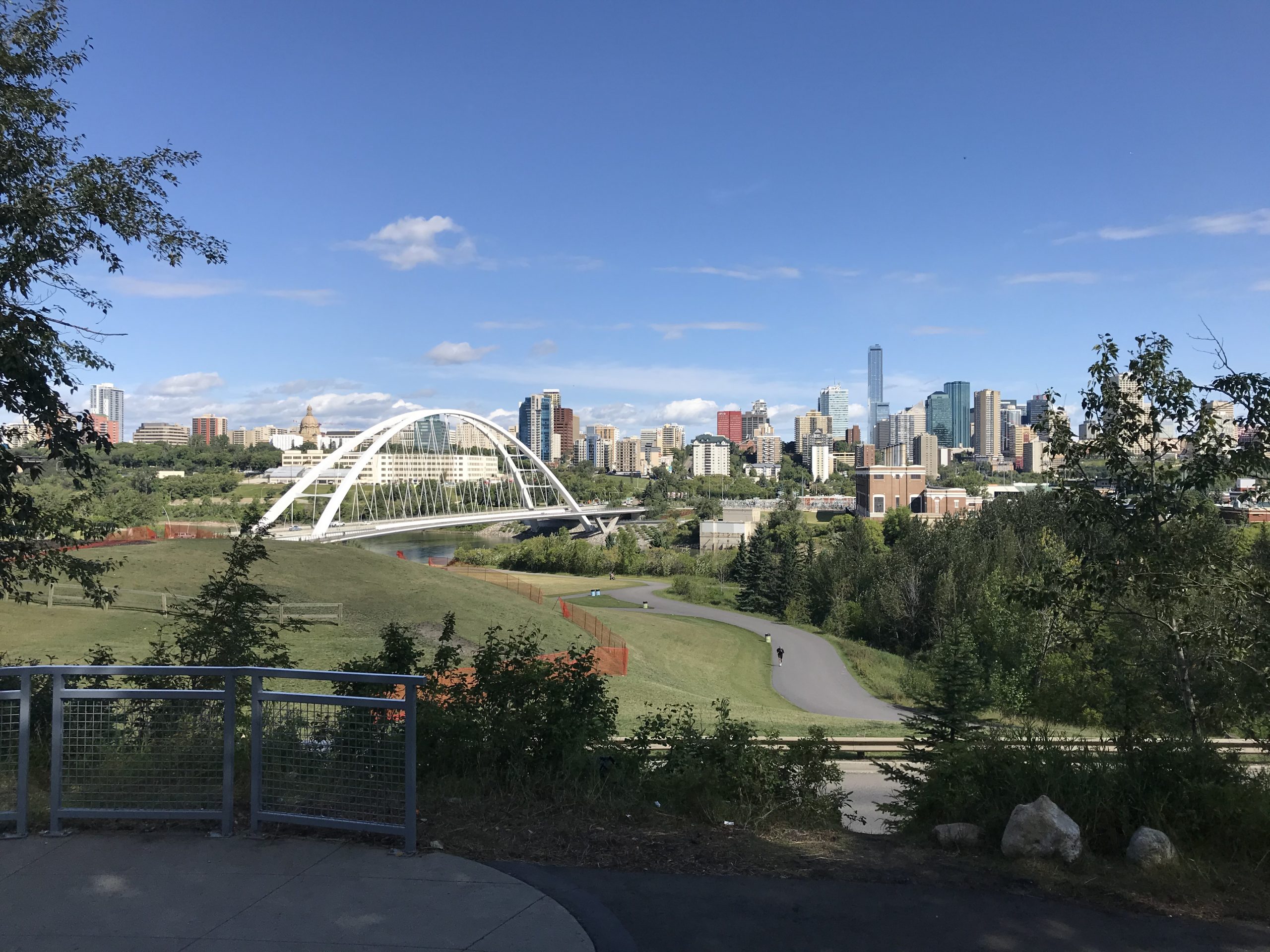

Disclaimer: Due to the importance around the legal designation of Indian status, this article sometimes uses the term “Indian” to…

In August of 1782, Fort York was captured by the French. Edward Umphreville and some other HBC men were taken by…
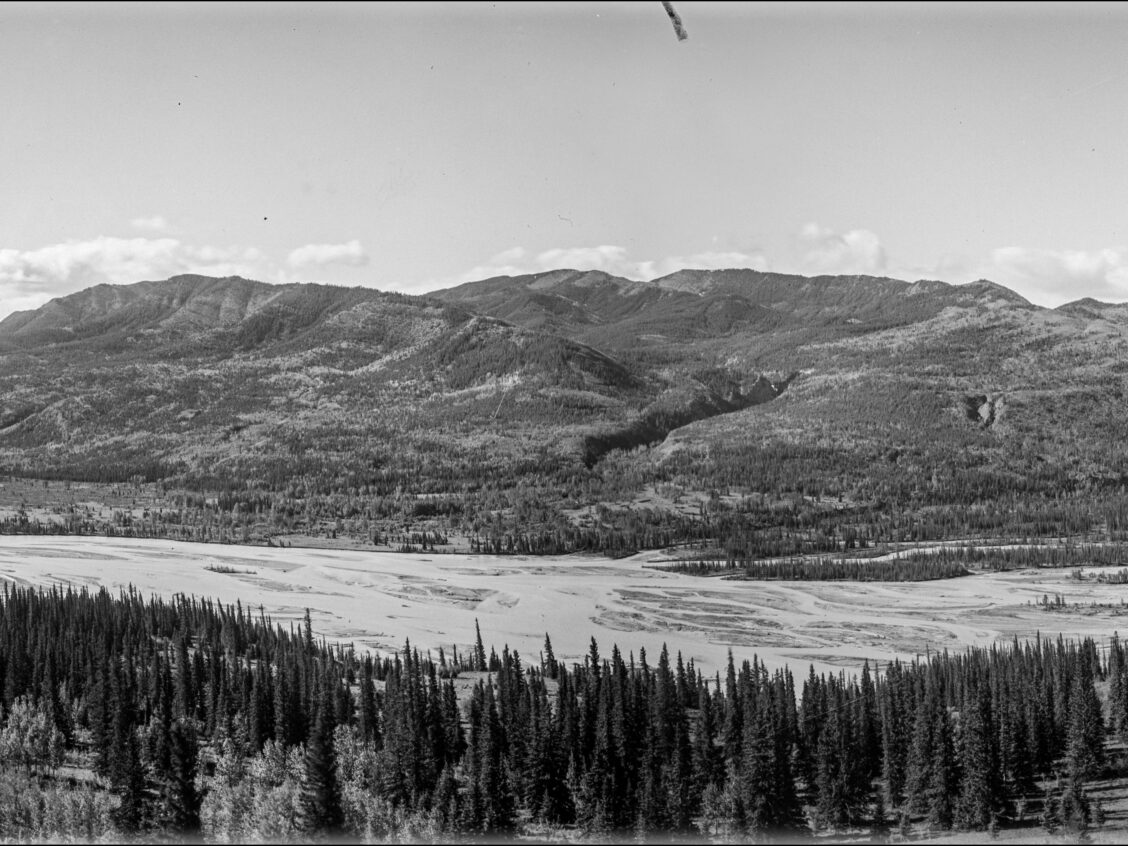
There are many notable women in Edmonton’s history books. The ‘Famous Five’ may come to mind straight away, in addition to…
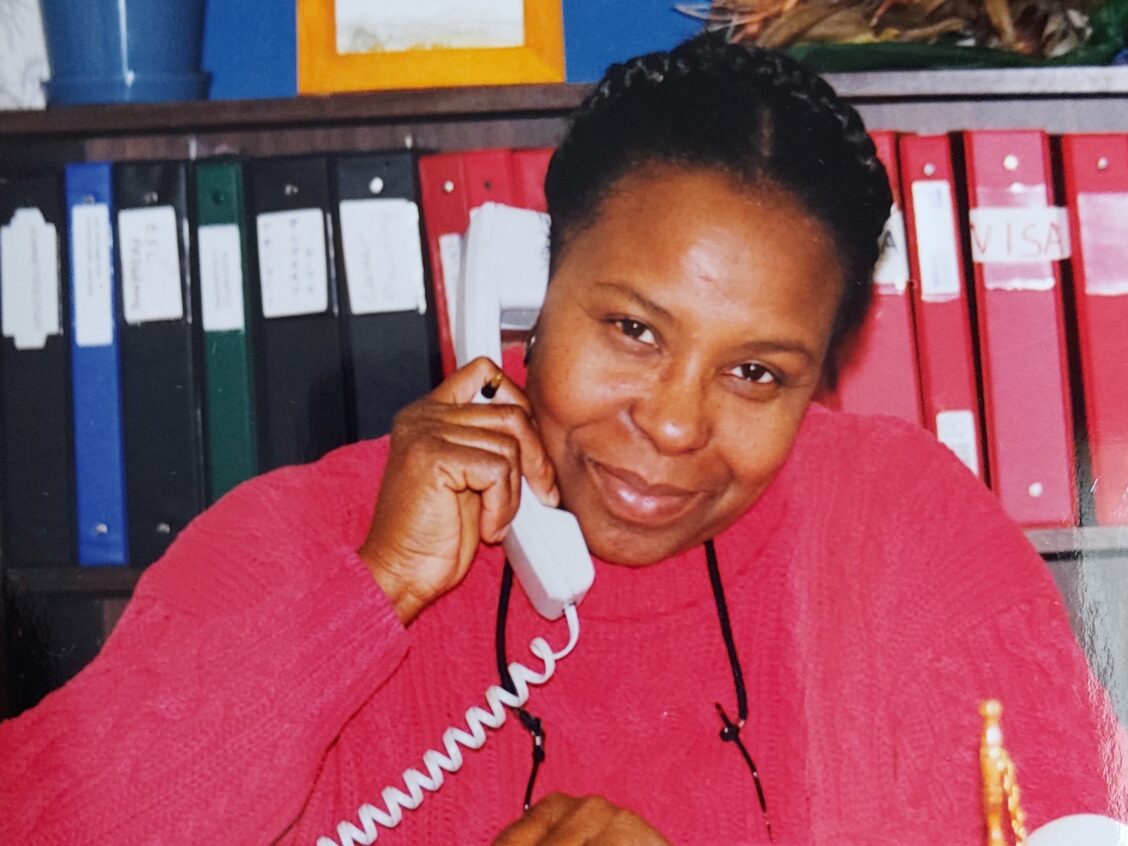
My journey towards becoming an educator started in my childhood with time spent under a mango tree at my home…
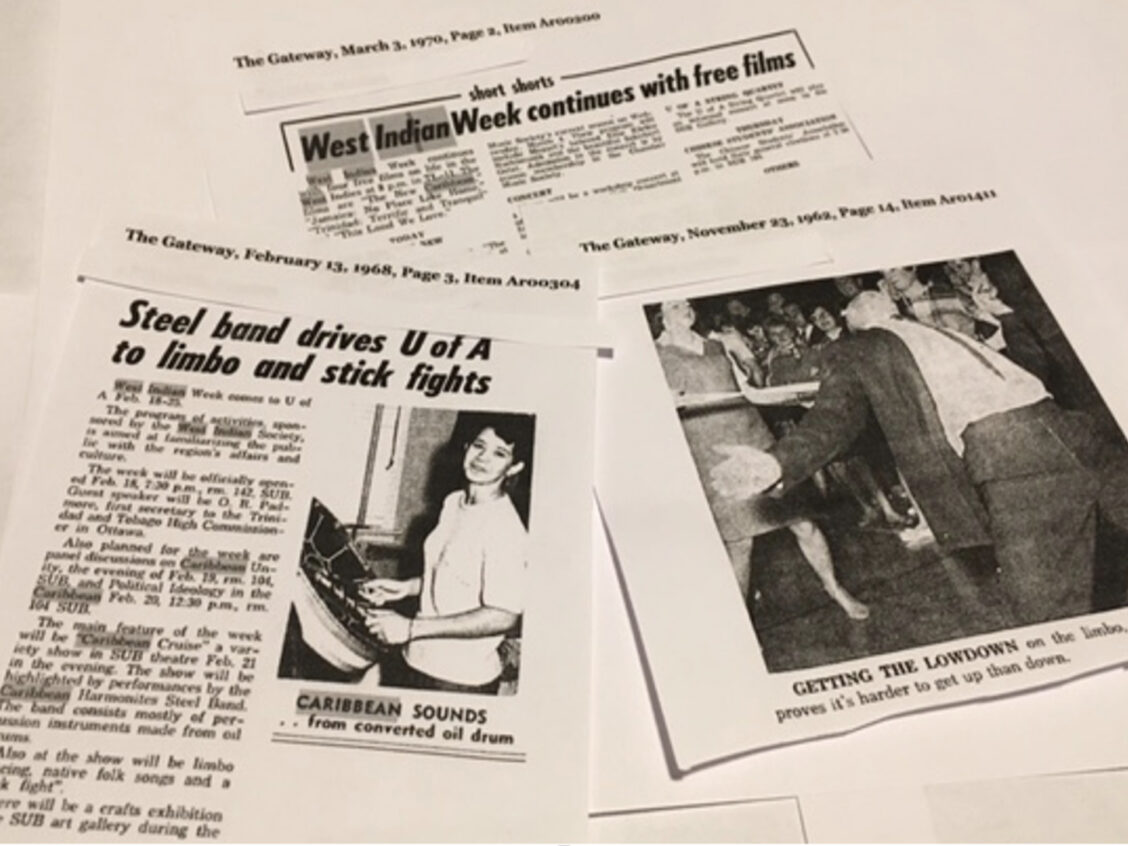
The flights touched down at a Canadian International Airport bringing scores of eager Caribbean nationals, their suitcases packed with their…
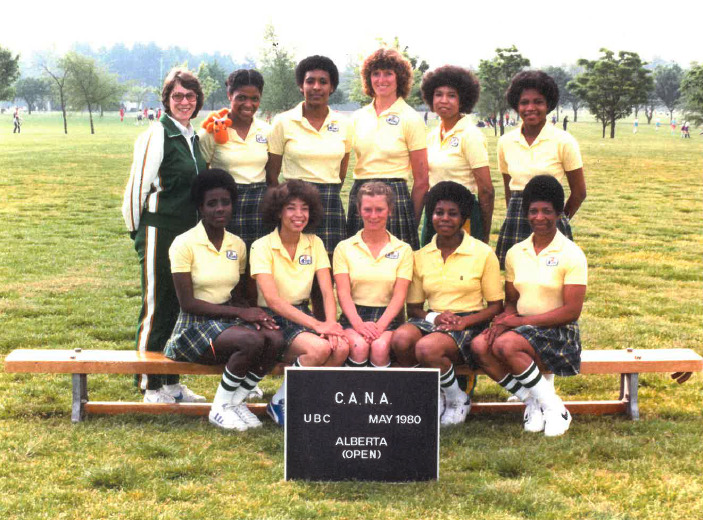
During the 1960s, school jurisdictions in Alberta advertised for teachers in leading newspapers and at teacher training colleges in the…
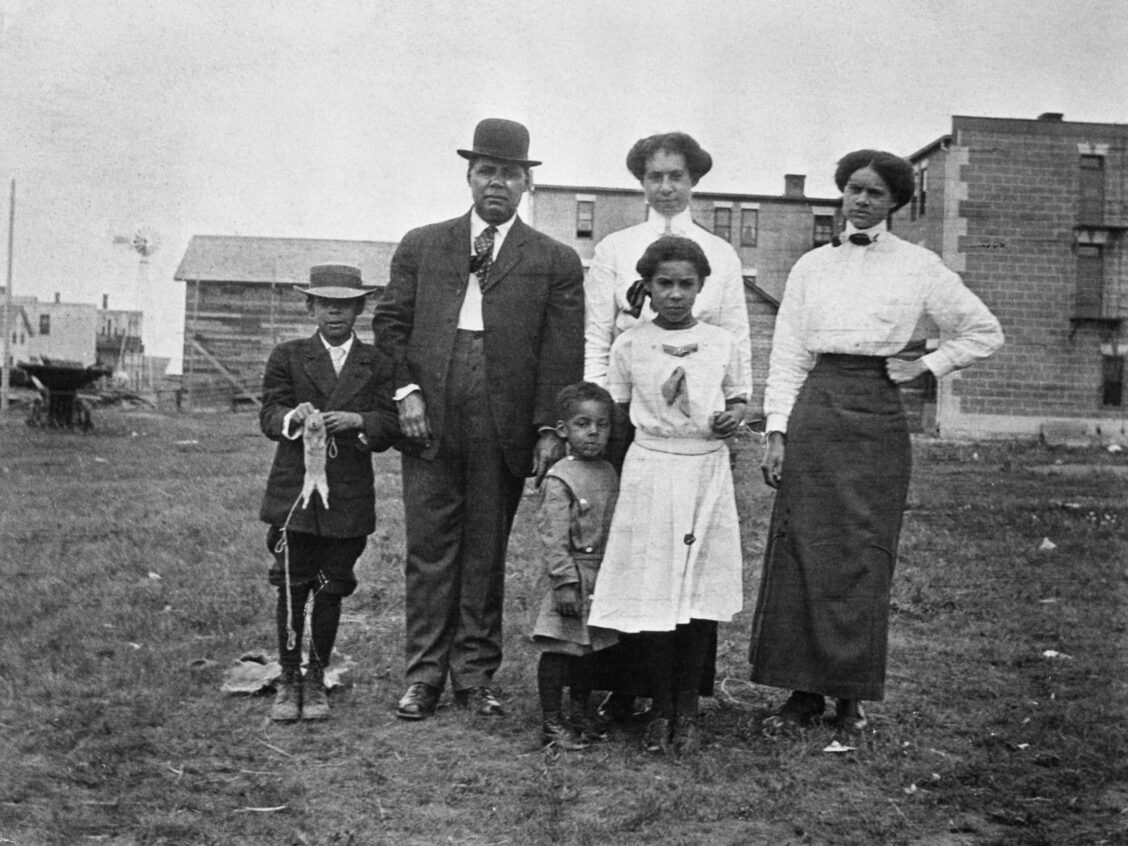
Initially, Black Canadians made their way to the North-West Territories as individual pioneers or accompanying traders. Most were attempting to make a living from the fur trade and found employment with companies such as the Hudson’s Bay Company.
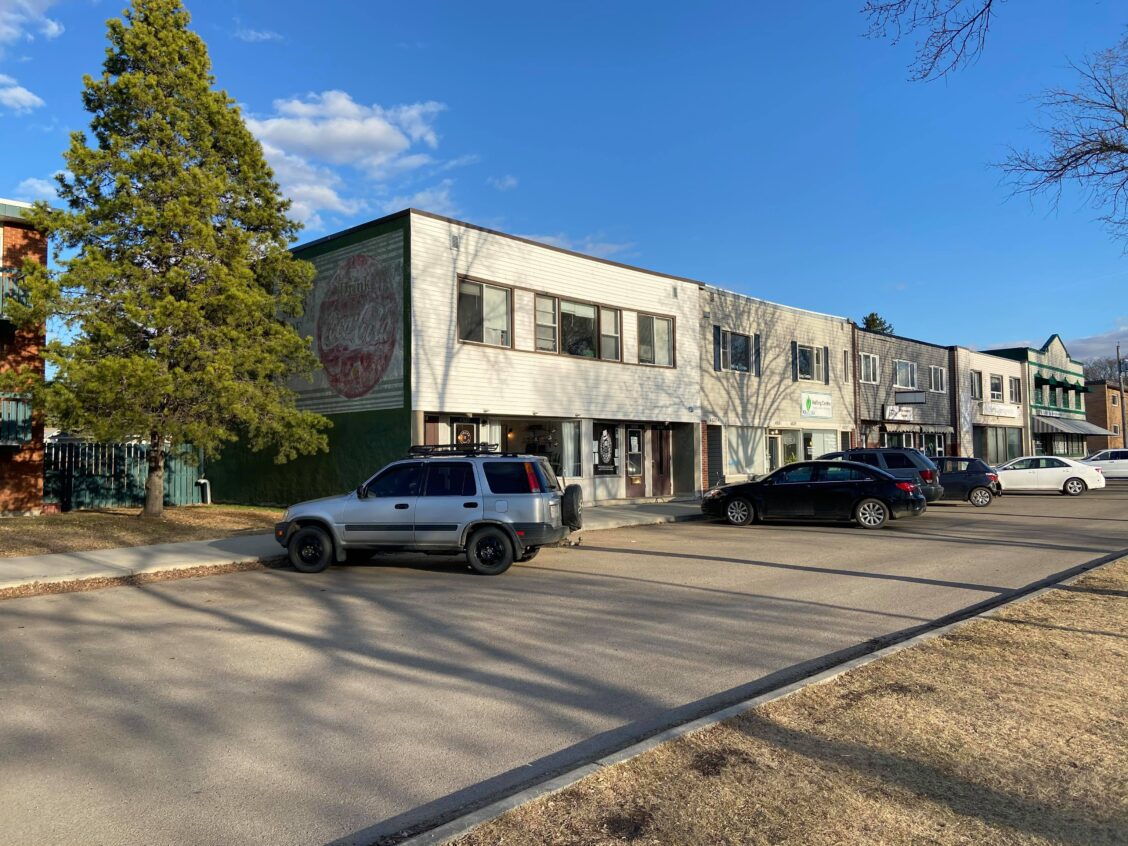
It was the turbulent sixties. In the United States and Canada, teenage unrest was making headlines. Even in the small…
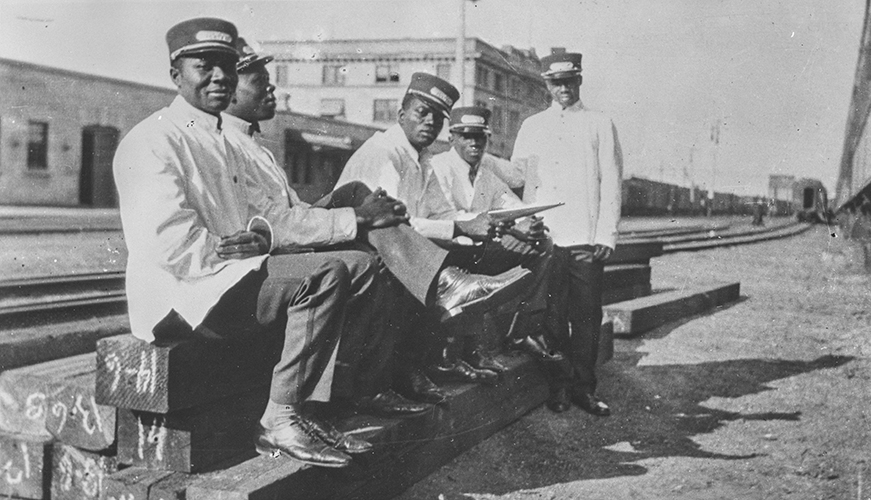
Beginning in 1939, American A. Philip Randolph visited Canada to assist with organizing an International section of the U.S.-based Brotherhood of Sleeping Car Porters (BSCP). The catalyst for this separate organization of workers was the racism that employees of African descent faced on the railway.

During this time, we begin to see a change in the demographics of the Alberta-based Black Canadian community as folks who came from the United States in the early 1900s begin to encounter people recently arrived from the United States, often as athletes, and those who were arriving in increasing numbers from the Caribbean.

While life during this period was vibrant it must also be recognized that stereotyping by mainstream society was apparent and affected levels of expectations, as well as the employment prospects, of many of these Black citizens. The ONC column took a strong stance on issues of racism and social exclusion regarded as “drawing the colour line.”